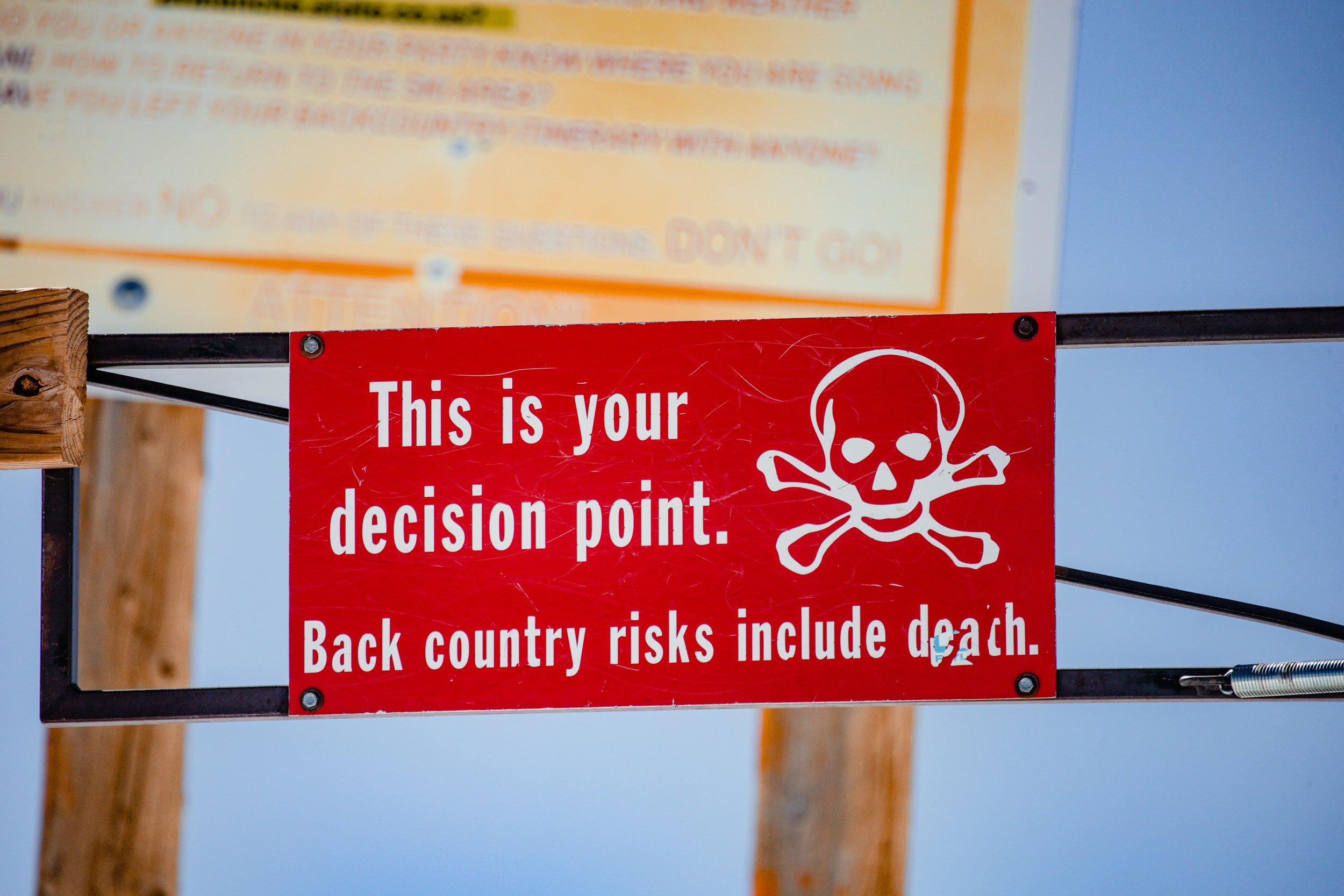What is the Difference Between a Strategic Plan and a Business Plan?
Unfortunately, these two terms are often used interchangeably, and they should not be. Even worse, many consultants pass off what is really a business plan when an organization is really seeking a true strategic plan. In their simplest terms, a Strategic Plan is the organization’s way to communicate its direction, plans, and goals. Whereas, a Business Plan is a written document describing the company’s core business activities, objectives, and how it will achieve its goals. So what does this really mean for your organization? How do these documents really differ in form and application? Let’s take a look.
More Focused
A business plan is more focused than a strategic plan, it should be a detailed report on the operations of the core business activities of the business or nonprofit. These efforts should outline everything from production to sales. It should include detailed information on costs, sales figures, suppliers, customer data, etc. A few things can be incredibly helpful in developing a business plan that are not typically seen in a strategic plan, one that we like to utilize in business plans is customer personas. Customer Personas allow us to gain an understanding of what type of person purchases our product or service and provides general information about how they make those purchases, where or who influences those purchases, etc. It’s a good idea when utilizing a persona to identify the different groups interested in your product or service and then to build the personas around those groups. As an example, imagine an Executive Director of a museum that is a potential client of NMBL Strategies, we would then source profiles on several Executive Directors and build a persona around them, average age, gender, social media profiles, who they engage with on social, where they gather information from, who sits on their board, and who reports to them. By building as detailed of a profile as possible we have a better chance of building a relationship with them and eventually developing them into a client.
It’s not to say that client personas couldn’t be in a strategic plan, in some instances we have clients that want to know this information, but it isn’t as common to get this granular in a strategic plan. Likewise, we may create the client profiles as a part of a strategic plan, but applying them to a sales process is unlikely to occur. Ideally, within the business plan, you can use these personas to identify who is purchasing, how big that group is, how you will reach them, and your sales conversion percentage.
There are other examples of how a business plan is more focused, but the customer personas give a good idea of the depth between the two documents.
Want to learn more about developing customer personas? Check out our blogs on developing personas:
Business Journal Executive Panel: 15 Ways to Up Your Brand’s Social Media Game
The Number One Thing You Need to Know to Survive the 5 Year Mark With Your Small Business
Higher Level/More Visionary
Just as the business plan is more focused, the strategic plan is high-level and more visionary. Perhaps the best example of this is the Strategic Positioning section of a strategic plan. At NMBL, we continue to grow and adapt to create new best practices. We’ve currently adapted our strategic visioning portion of the strategic planning process to include six pieces, mission, vision, and elevator pitch were always a part of our process here. In the last several months, we’ve added Initiatives, Commitment, and Toolkit to this group, or in other words, what we do (initiatives), why we do it (commitment), and how we do it (initiatives). Turning this into a graphic to cover these six sections gives a very holistic view of the high level of the organization. These items may be mentioned in a business plan, but are unlikely to be part of the development of a business plan (meaning these should be developed prior to engaging in a business plan). Or looked at another way, after going through a strategic plan an organization may develop a business plan for one of their initiatives. This is actually a great way of looking at how you can utilize a business plan and strategic plan together.
Learn more about ensuring your plan is more visionary through these stories:
Best of Both Worlds
We’ll be the first to admit, our Strategic Plans include more of a business plan than almost any other we see in the industry. We do this because we believe that if we leave something too high level it is unlikely to be utilized, understood, or become anything more than a document on a bookshelf. In fact, we find there are five primary reasons why a strategic plan never gets executed (being too high level is one of the most common reasons for non-execution). In an effort to make the strategic plan more executable, our planning sections create a lot of detail around how an organization will operate.
If undertaking both plans, it is highly recommended an organization start with the strategic plan, develop the 30,000 foot view before identifying the details of the business plan. The good news is there should be a lot of overlap, and if you do undertake both, the business planning portion should go a lot quicker because you already have a lot of the information at your disposal.
Does your organization need help to determine what is the right plan for you? Think you need a business, strategic, or both plans? Reach out to NMBL Strategies today to find out how we can help you get from strategy to execution.








